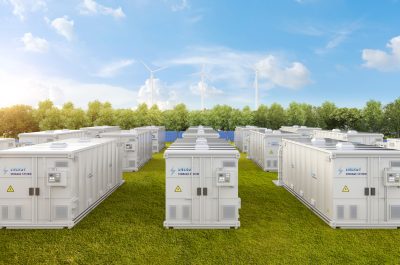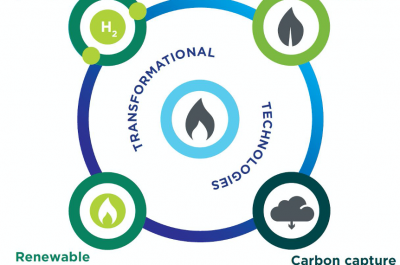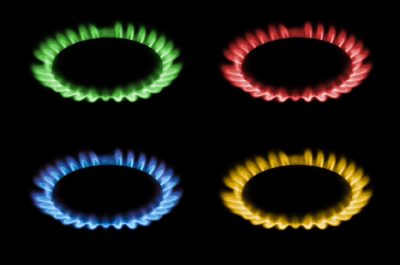Solar and storage ethics: a moral dilemma for the renewable age
With the increasing number of households taking up solar and storage options, a moral dilemma is emerging. We explain why.
Just because you can access someone’s battery, doesn’t mean you have the right to use their reserve without consent. Likewise, selling someone a household solar PV system by convincing them they’ll recoup the cost of their investment within an unrealistic timeframe is at best morally questionable and at worst, possibly illegal.
Notions of consent and duty of care aren’t new, and yet there has been renewed focus by the media and consumer groups on defining consent and the duty of care of both parties involved in personal or commercial interactions.
When it comes to consent and duty of care in relation to the installation and use of distributed energy resources (DER), such as solar panel systems and residential batteries, these issues are less clear cut due to the multiple potential uses and users of DER. This is what I term ‘DER ethics’—recognising the written and unwritten rules and expectations of DER use.
DER Ethics
As engineers and economists from industry and government tackle the ‘energy trilemma’ (securing an affordable, reliable and environmentally responsible energy system) through developing new technical abilities and exploring potential changes to the existing regulatory framework, it is equally important to consider the associated aspects of ethics and equity for customers. Indeed, outside of Australia, this trilemma often includes ‘energy equity’ as one of its cornerstones[1].
So DER ethics refers to respectful use by third parties of battery storage, solar panels, and other forms of small electrical generation or load typically located in a residential setting behind a meter. Here, respect by the third party means being socially responsible and communicating their actions when taking control of that DER to constrain or utilise, with the consent of the DER owner. To be clear, this requires far more consideration than basic notification or broad-brush customer engagement.
Much of the current public discussion around defining consent centres on ensuring a clear understanding of permission through transparent language. Clear positive language is referred to as ‘affirmative’ or ‘enthusiastic consent’. In practice, better DER ethics requires the following:
- Customers must have ready access to clear, easy to understand independent and comprehensive information on the lifecycle costs, benefits, local system constraints and their own responsibilities when they allow third parties to use their DER;
- DER suppliers ensure each customer is referred to this advice and make sure customers are fully aware of the intricacies unique to their situation and intended DER usage;
- Network service providers clearly communicate technical constraints at the point of connection; and
- DER aggregators or other similar third parties communicate their planned use of the customer’s DER and provide clear details regarding what the DER owner will experience.
A growing ethical dilemma
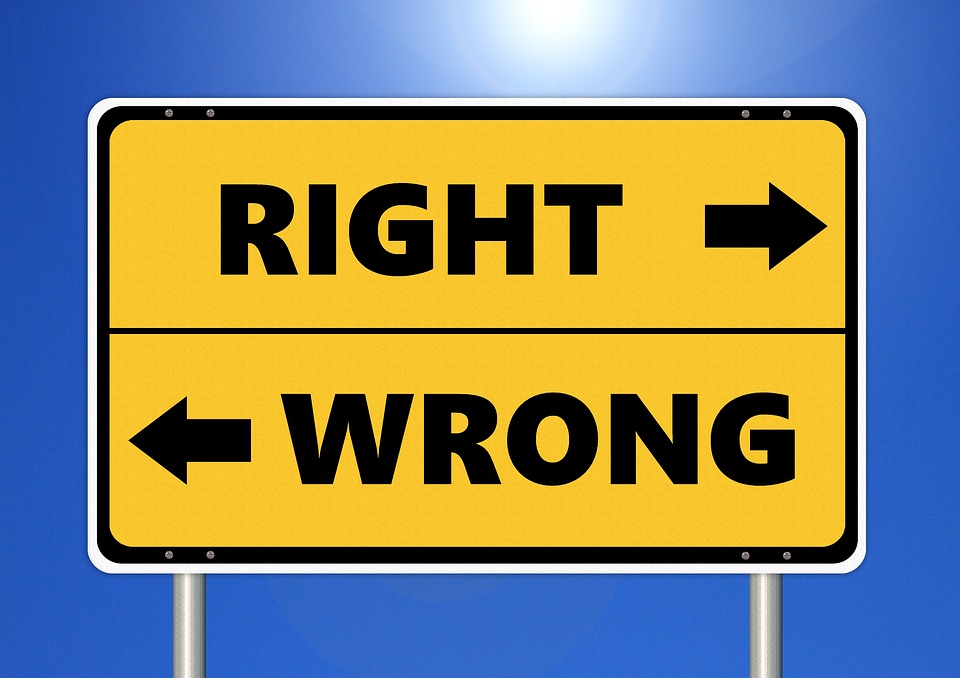
As more owners of solar PV systems are incorporating energy storage, these systems are becoming “active” DER, with many owners also seeking greater participation with the grid. At the same time, regulations are changing to allow this greater participation, with access to additional markets, and the continued rise of the “aggregator”. Networks are also more interested in understanding the capabilities of each system as use of the network changes and may also ask for access to the active DER system. In this new world, DER systems have multiple uses and multiple users, but ultimately only one owner.
Speaking at a recent industry workshop to inform public discussion on the system architecture required to effectively monitor and optimise grid-connected DER, Lachlan Blackhall (Entrepreneurial Fellow and Head, Battery Storage and Grid Integration Program) from the Australian National University highlighted that, “owners of DER want to benefit from the DER they install. They are happy to contribute to supporting the operation of the grid but they want transparency about when they are contributing, and assurances that their contribution is fairly rewarded”. Optimising of the DER owner experience requires a complex and personalised approach to DER installations, tariff structures, demand response, and demand management, yet with easily understood connection and usage agreements. This is not a simple task.
Industry-led initiatives
Energy Consumers Australia is addressing DER ethics requirements by facilitating the industry’s development of a code for ‘behind the meter’ products and services to ensure better consumer outcomes that will grow trust and confidence in this market. The ‘Behind the Meter Code’ is about achieving better customer outcomes so that they are not “sold a dream” and that the realities of DER benefits, costs, constraints, and responsibilities match customer expectations. At Energy Networks Australia, we are working closely with key stakeholders and undertaking thorough consultation processes on two items of work in this space:
- The national DER connection guidelines; and
- The AEMO / Energy Networks Australia ‘Open Energy Networks’ initiative.
The national DER connection guidelines are intended to streamline technical requirements across network service providers and provide clear concise information and requirements. This will help facilitate the fair and efficient integration of DER into the grid from the perspective of network, renewable energy proponents and Australia’s electricity system more generally to allow a broader range of players to participate in Australia’s existing and emerging energy markets. A ‘frameworks and principles guideline’ is available here, while subsequent technical guidelines targeting connection requirements or outcomes for each connection type will be released in early 2019.
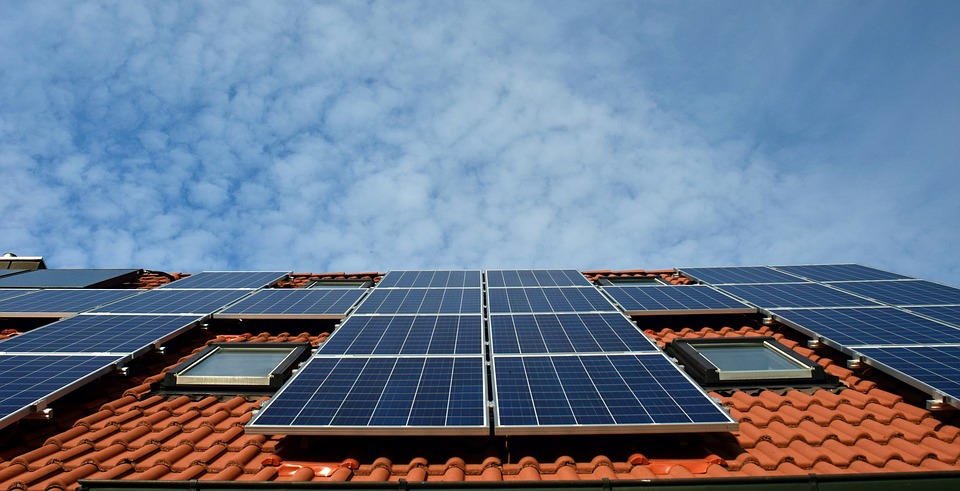
Energy Networks Australia is also working with AEMO to find solutions that will better optimise the value of DER and meet DER owner expectations through understanding system requirements necessary in a two-way power system. Rather than imposing limits on customers, this work program is investigating how optimisation can help provide incentives to coordinate all elements of the system to work together and be delivered at least cost to all consumers.
The Open Energy Networks project is exploring how best to integrate DER into the grid in a way that enables multiple business models and approaches. The responsibility of network owners and system operators is to provide platform designs that enable access to the networks and the market by customers and their representatives to accommodate their needs and achieve the greatest value.
Customers and prosumers will likely want to participate directly with the wholesale market through aggregators, retailers, virtual power generation platforms and in sub-markets that include peer-to peer trading, possibly utilising block chain technologies.
Recognition of ownership and multiple required uses of solar and storage options is a shift in thinking from what has traditionally been a one-way flow of electricity.
As generation capacity shifts further towards DER and the market and networks evolve to better facilitate customer experience of their solar and storage, consideration of the ethics of how these resources are used and shared becomes an essential component of solving Australia’s ‘energy trilemma’.
The Open Energy Networks consultation paper is currently out for stakeholder feedback until 3 August, and can be found here.
